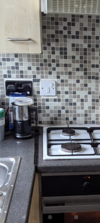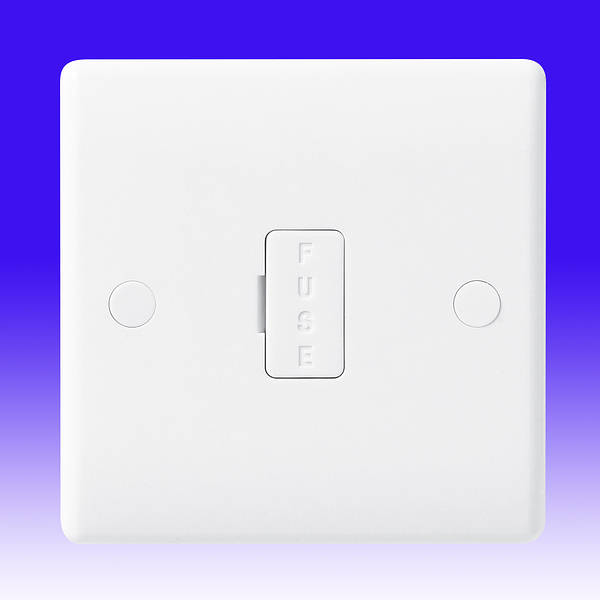I assume this has probably been discussed before but I just wanted to clarify a few things. I'm doing a light renovation on my kitchen and have read many things over the past week or so regarding the ideal position for the oven fused switch to be located. I understand that's it shouldn't be behind the hob but I wondered if it's actually a legal requirement for it not to be located there or whether it's just bad practice for it to be placed in that location. I'm on a tight schedule to finish the renovation and had factored in moving the switch but if it's not a requirement I'm half tempted to just leave it where it is. I'm looking to sell the house by the end of the year and didn't want it to be flagged up on the inspection.
Many thanks, Chris.
Many thanks, Chris.



